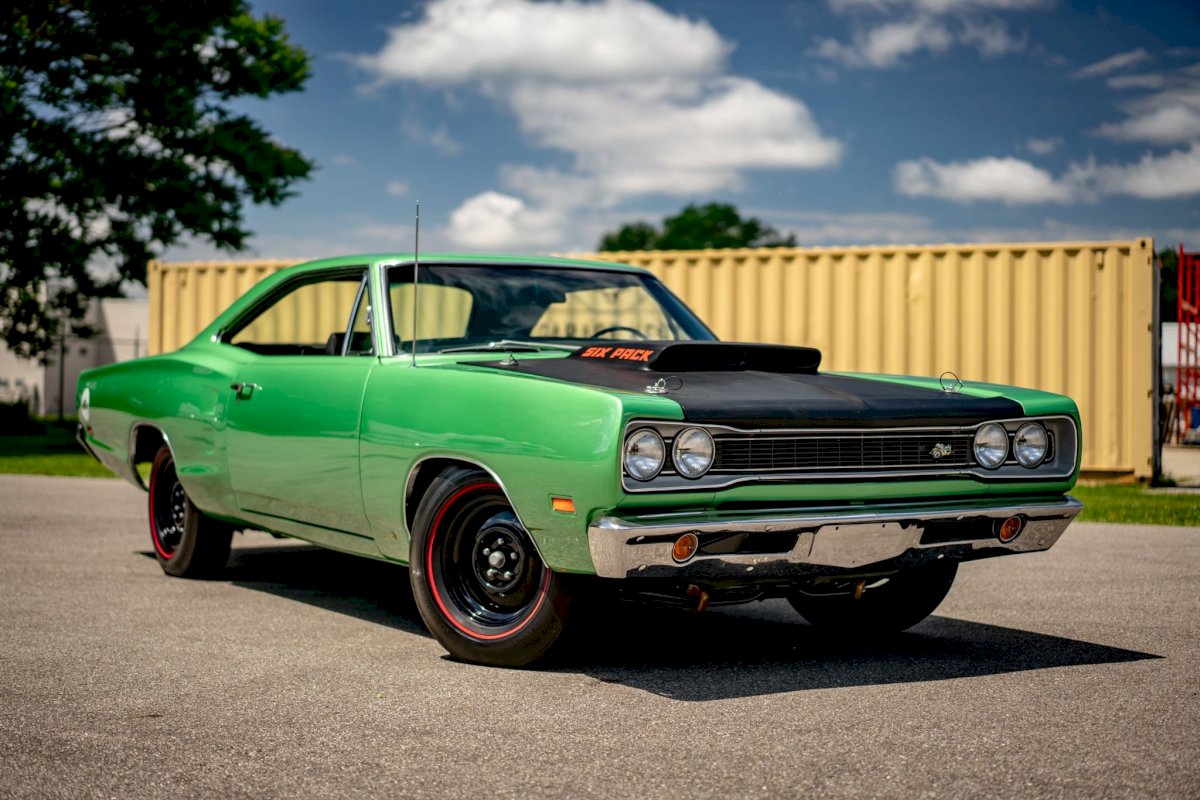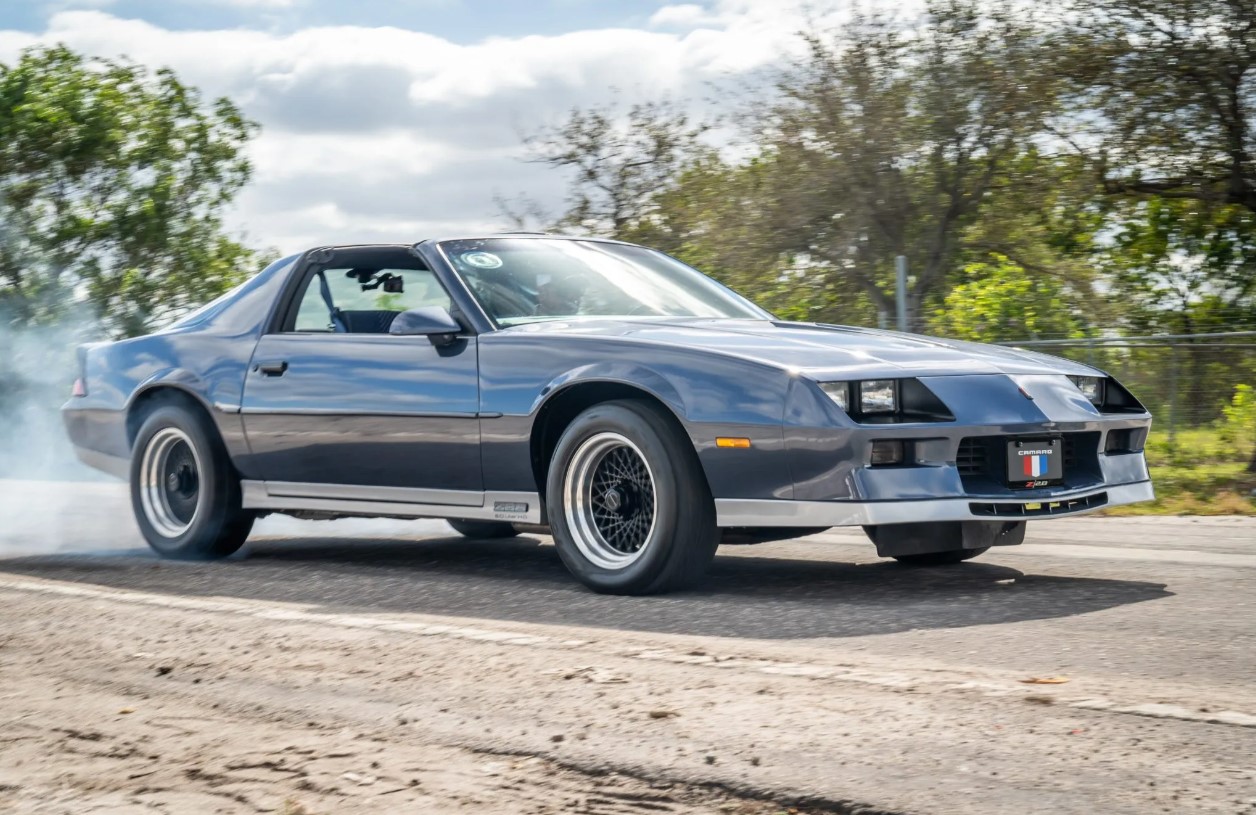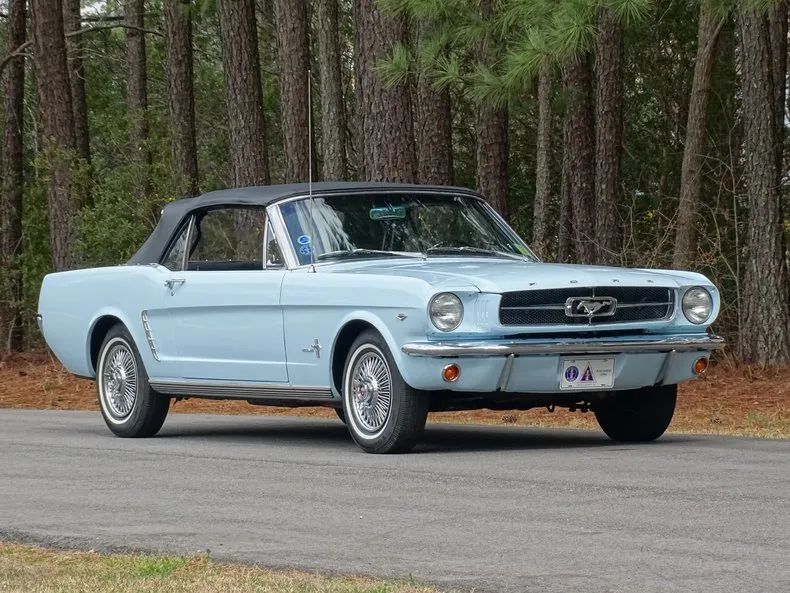In the realm of automotive classics, the 1980 Volkswagen Scirocco stands as a symbol of German engineering excellence and timeless design. This sleek and compact sport coupe epitomizes the spirit of the era in which it was born while still holding its allure for enthusiasts and collectors today. In this in-depth article, we will delve into the history, design, performance, and enduring legacy of the 1980 VW Scirocco, celebrating the remarkable features that make it a cherished icon in the world of automobiles.
1. The Birth of the Scirocco
The Volkswagen Scirocco was first introduced in 1974 as a replacement for the popular Karmann Ghia. Designed by the legendary Italian automotive designer Giorgetto Giugiaro, the Scirocco's striking angular lines and wedge-shaped profile made it an instant standout. The name "Scirocco" is derived from the Mediterranean wind, symbolizing the car's agile nature and swift performance.
2. 1980 VW Scirocco: Second Generation Redesign
In 1981, the second generation of the VW Scirocco was introduced, featuring a complete redesign. However, the 1980 Scirocco was the last year of the first generation and featured some notable improvements over its predecessors. With a refined design, updated suspension, and a more powerful engine, the 1980 VW Scirocco delivered a driving experience that was both engaging and comfortable.
3. Design and Styling
The 1980 VW Scirocco, part of the first generation of the model, showcases a distinctive and stylish design that helped it stand out among other compact sports coupes of its era. The car's design is characterized by its sharp angles, wedge-shaped profile, and hatchback body style, which not only made it visually appealing but also contributed to its practicality. Here are some key design elements of the 1980 VW Scirocco:
Exterior
Angular lines and wedge-shaped profile: The Scirocco was designed by Giorgetto Giugiaro, a renowned Italian automotive designer. His signature style, featuring sharp, angular lines, is evident in the Scirocco's design. The car's low-slung, wedge-shaped profile adds to its sporty and dynamic appearance.
Hatchback body style: The Scirocco features a distinctive hatchback body style with a large rear glass hatch. This design element not only contributes to its unique look but also enhances its practicality by offering ample storage space, especially when the rear seats are folded down.
Pop-up headlights: In some markets, the 1980 VW Scirocco was equipped with pop-up headlights, a popular design feature during the 1970s and 1980s. These headlights added to the car's sporty character while also providing improved visibility during nighttime driving.
Minimalist trim and badging: The Scirocco's exterior design is relatively simple, with minimal trim and badging. This minimalist approach allows the car's angular lines and shape to take center stage, contributing to its timeless and iconic design.
Interior
Driver-focused cabin: The 1980 VW Scirocco's interior was designed with the driver in mind. The dashboard layout is uncluttered, with easy-to-read gauges and controls placed within easy reach. This driver-focused design ensures a comfortable and engaging driving experience.
Sporty bucket seats: The Scirocco's front bucket seats provide excellent support during spirited driving, helping to keep the driver and front passenger firmly in place. The seats are also comfortable and well-padded for longer drives.
Ample headroom and legroom: Despite its compact size, the 1980 Scirocco offers ample headroom and legroom for both driver and passengers. This spaciousness contributes to the car's overall comfort and practicality, making it a suitable choice for daily driving as well as weekend getaways.
Fold-down rear seats: The Scirocco features fold-down rear seats, which significantly increase the car's cargo capacity when needed. This practical design element adds to the Scirocco's appeal as a versatile and functional sports coupe.
4. Performance and Handling
The 1980 VW Scirocco was known for its engaging performance and impressive handling, making it a popular choice among driving enthusiasts who sought a compact sports coupe that was affordable and fun to drive. Here's an overview of the performance and handling characteristics of the 1980 VW Scirocco:
Performance
Engine: The 1980 VW Scirocco was powered by a 1.6-liter inline-4 engine, which produced around 74 horsepower, depending on the specific market and configuration. While this output may seem modest by today's standards, it was competitive for its time, especially considering the Scirocco's relatively lightweight construction.
Transmission: A 5-speed manual transmission was standard in the 1980 Scirocco, providing drivers with smooth and precise gear shifts, adding to the overall driving enjoyment. The manual transmission allowed drivers to make the most of the available power and torque from the engine.
Acceleration: With its modest engine output, the 1980 Scirocco's acceleration was not blistering, but it was still spirited and enjoyable. The car could reach 0-60 mph (0-100 km/h) in approximately 10 seconds, making it competitive with other compact sports coupes of its era.
Handling
Front-wheel drive: The Scirocco featured a front-wheel-drive layout, which helped provide excellent traction and stability, especially during cornering. This setup also contributed to the car's nimble and agile handling characteristics, which were part of its appeal for driving enthusiasts.
Suspension: The 1980 VW Scirocco was equipped with a well-tuned suspension system that provided a balance between sporty handling and ride comfort. The car's independent front suspension used MacPherson struts, while the rear suspension featured a torsion beam axle with trailing arms. This combination allowed the Scirocco to deliver responsive and predictable handling while maintaining a comfortable ride.
Steering: The 1980 Scirocco featured a rack-and-pinion steering system, which delivered direct and precise steering feedback to the driver. This accurate steering contributed to the car's overall handling prowess and made it a pleasure to drive on twisty roads.
Braking: The 1980 VW Scirocco was equipped with front disc brakes and rear drum brakes, which provided adequate stopping power for its lightweight frame. While not as advanced as the all-disc brake systems found in some contemporary sports cars, the Scirocco's brakes were generally effective and well-suited for the car's performance capabilities.
5. Safety features of the 1980 VW Scirocco
While the 1980 VW Scirocco did not have the advanced safety features commonly found in modern vehicles, it did incorporate several safety measures that were standard or available for its time. Some of the safety features of the 1980 VW Scirocco include:
Crumple zones
The Scirocco's body structure was designed with crumple zones in the front and rear, which were intended to absorb and dissipate impact energy during a collision, helping to protect the occupants within the cabin.
Safety glass
The Scirocco was equipped with laminated safety glass for the windshield and tempered safety glass for the side and rear windows. In the event of a collision, this safety glass would be less likely to shatter into dangerous shards, reducing the risk of injury to occupants.
Padded dashboard: The Scirocco featured a padded dashboard, which was designed to reduce the risk of injury to the front-seat occupants in the event of a collision.
Seatbelts
The 1980 VW Scirocco was equipped with three-point seatbelts for the front seats, which provided better protection than the older lap belts. Some models also came with rear seatbelts, depending on the market and specific configuration.
Head restraints
Energy-absorbing steering column
The car's steering column was designed to absorb impact energy during a frontal collision, reducing the risk of injury to the driver from the steering wheel.
Side-impact door beams
Some models of the 1980 Scirocco may have featured side-impact door beams, which were designed to provide additional protection to occupants in the event of a side-impact collision.
5. Legacy and Collectibility
The 1980 VW Scirocco is often regarded as a classic, thanks to its unique design and engaging driving dynamics. As a result, the car has a devoted following among collectors and enthusiasts, who appreciate its blend of style, practicality, and performance.
In recent years, the value of well-maintained Sciroccos has been on the rise, making them an attractive investment for classic car aficionados. The 1980 Scirocco's status as the last year of the first generation also adds to its appeal, as it represents the culmination of the original design concept.
The 1980 VW Scirocco is a testament to Volkswagen's ability to create a stylish, fun-to-drive compact sports coupe that is both practical and affordable. With its striking design, engaging performance, and enduring legacy, the 1980 Scirocco remains an appealing choice for car enthusiasts seeking a classic compact sports car with a unique charm.



